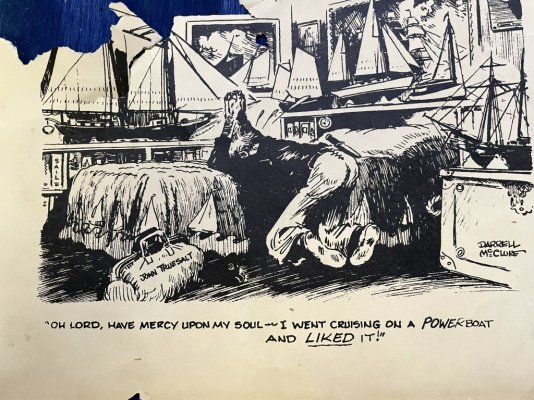Ritser
Member
Also have serious look at a Fleming! As an ex sailor (2 ocean crossings) I am very happy with my Krogen Express not ocean crossing capabel but noproblem for serious coastal passages. Good kuck with yiur search.Hello all. I’m new to the Trawler world and am eager to glean the knowledge and experience contained on this Forum. I own an Amel 50 sailing yacht (currently in Montenegro) and am in the market to jump ship to the other side, as they say. Been looking at class A ocean going trawlers and am circling around the Nordhavn and Selene. Somewhere between 50 and 60’. Still have lots of learning to do. I’ll be at the Baltimore Trawler fest this September 2024. Cheers.

